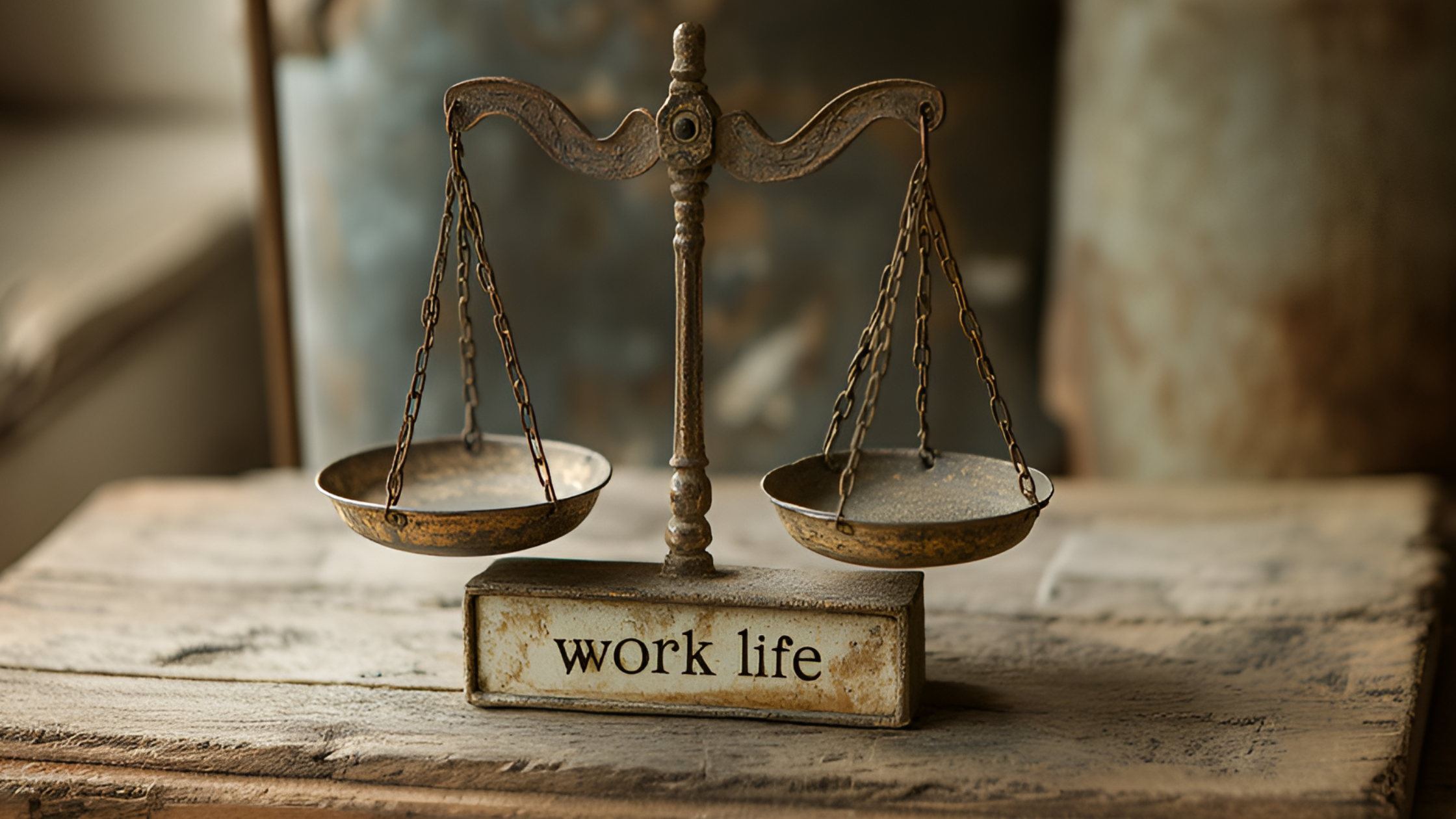
In our fast-paced world, achieving a harmonious work-life balance sometimes seems more like a dream than a reality for many.
With emails that chase us into the night and workloads that seem to expand by the hour, it’s no wonder that 77% of us repeatedly find ourselves in the throes of job burnout.
But it’s important to remember that finding balance isn’t just a luxury—it’s essential for our well-being and effectiveness in both personal and professional realms.
The Rising Challenge
Why is striking a balance harder now than ever before? Modern technology, while making us more connected, often blurs the lines between work and home, making it difficult to ‘switch off.’
Moreover, the shift towards remote work, although flexible, sometimes means longer hours as the house becomes the office.
The statistics speak volumes: an overwhelming amount of employees report experiencing burnout at their current jobs, with more than half facing it repeatedly.
On the other hand, personal life pressures—be they relationship issues, family responsibilities, or personal health—can heavily influence our work performance.
When home life is demanding or distressing, it becomes challenging to maintain focus and drive at work.
This crossover stress reduces productivity and heightens the risk of workplace errors and conflicts, further perpetuating a cycle of stress, anxiety, and inefficiency.
The Impact of Imbalance
The fallout is significant when work begins to eat into our personal lives.
Stress doesn’t just dampen work quality—affecting 91% of workers—it also strains personal relationships, with 83% acknowledging the adverse effects.
The spill-over can lead to a vicious cycle where stress at home affects work performance and vice versa, leading to further dissatisfaction and disengagement.
Understanding the Causes of Poor Work-Life-Balance
Achieving a healthy work-life balance can be elusive, with several underlying causes that make it difficult to maintain. Recognizing these causes is the first step towards addressing them effectively:
- Technology: The digital age has tethered us to our workplaces like never before. With smartphones and laptops, it’s increasingly difficult to truly disconnect after work hours as emails and messages continue to flow in.
- Work Culture: Many organizations foster a culture where overworking is seen as a badge of honor. This culture glorifies long hours and subtly (or overtly) pressures employees to always be available, contributing to burnout and stress.
- Long Hours: Consistently working beyond regular hours can encroach on time meant for personal pursuits and family, making it hard to maintain a wholesome life outside of work.
- Poor Time Management: Ineffective time management can lead to constant rush and inadequacy, which hampers effectively balancing work and personal life.
- Lack of Flexibility: With the option to adjust work hours or locations, employees may find it easier to attend to personal responsibilities or engage in therapeutic activities, leading to a skewed work-life balance.
- Mental Energy: The concept of work-life balance extends beyond physical presence at work; it includes the mental and emotional energy expended on work-related thoughts outside of official hours, which can significantly affect personal downtime.
- Conflicting Demands: When work demands clash with personal responsibilities, stress is inevitable. This conflict can strain personal relationships and professional performance.
Understanding these factors is crucial in developing strategies that address the specific challenges individuals and organizations face.
The Environmental Factor
The spaces where we spend our days—whether at the office or home—profoundly influence our ability to maintain balance.
While poor work-life balance is often attributed to inadequate resource management, underlying cultural issues can exacerbate the situation.
In many corporate environments, a pervasive culture rewards overworking, creating an unspoken expectation for employees to always be ‘on.’ This toxic work culture encourages burnout and makes it difficult for employees to feel justified in taking needed breaks or vacations.
Similarly, the home environment can contribute significantly to our work-life balance challenges.
A chaotic or stressful home life—whether due to relationship tensions, caregiving responsibilities, or simply a cluttered space—can significantly detract from our mental and emotional bandwidth.
This, in turn, impacts our productivity and focus on professional responsibilities.
Addressing a toxic environment, whether at work or home, requires intentional changes. It might involve setting firmer boundaries, seeking supportive networks, or reevaluating job or living situations.
Creating a supportive, nurturing environment in personal and professional spaces is key to fostering a healthy work-life balance.
Steps to Overcome Work-Life Challenges
- Setting Boundaries: Clearly define what times of day and spaces in your home are for work. This helps you mentally’ clock out’ even when the office is just next door.
- Time Management: Prioritize tasks using tools like to-do lists or digital planners. Not everything is urgent; learn to distinguish between what must be done now and what can wait.
- Mindfulness and Self-care: Engage in regular self-care routines, including breaks, exercises, and meditation. Even short walks during lunch can rejuvenate your mind and body.
- Education and Mentorship: Invest in your personal growth by reading books that expand your understanding or improve your mindset. Finding a mentor who embodies your work-life aspirations can provide valuable insights and guidance toward achieving your goals.
Practical Daily Tips to Achieving Good Work-Life Balance
To embed these changes into your everyday life, consider these tips:
- Plan for Downtime: Just as you schedule meetings, schedule your downtime. This ensures you have a guaranteed break to look forward to.
- Stay Active: Regular physical activity is good for your health and a fantastic stress reliever.
- Practice Mindfulness: Daily meditation or mindfulness exercises can help center your thoughts and reduce anxiety.
- Nurture Your Hobbies: Set aside time for activities that fulfill you outside of work. Whether painting, playing music, or gardening, make time for what brings you joy.
- Quality Time: Ensure you’re spending quality time with loved ones. This can be as simple as uninterrupted dinner conversations or a weekend family outing.
Achieving work-life balance is no small feat, but it’s certainly within your reach with deliberate actions and persistence.
Remember, it’s not about making big changes overnight but incorporating small, manageable adjustments into your daily routine.
By doing so, you can enjoy a more prosperous, more fulfilling life both in and out of the office. Embrace the journey, and let each step, no matter how small, bring you closer to the harmony you deserve.
Love, Jim

